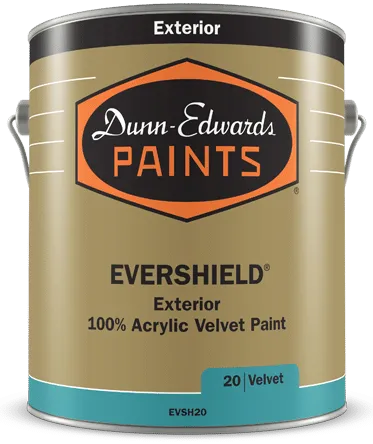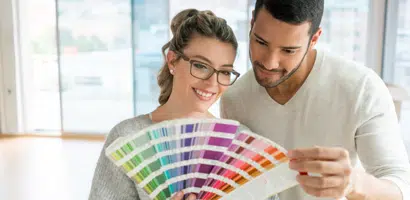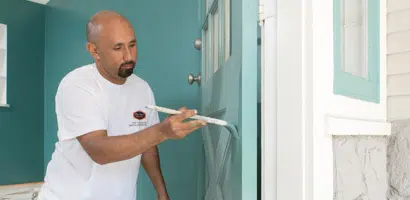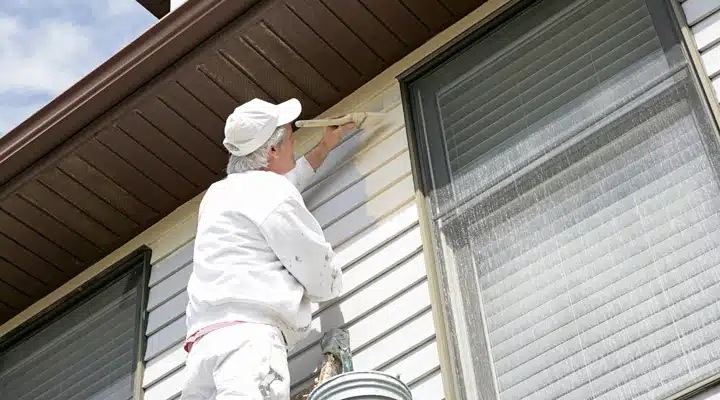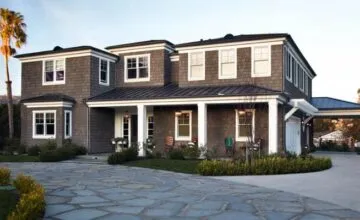Exterior Painting Tips and Summer Heat
06/04/2016 | Tim Bosveld |
Painting in Hot Weather
Exterior painting projects present a variety of challenges, ranging from the type of project and surface to be painted, to geographic location and the spectrum of diverse, outdoor conditions across the Southwest. Despite all these factors, we demand that our built environment be protected by a film that is only a one-thousandth of an inch thick — so how do we ensure good exterior paint performance, especially when applying paint in summer heat? Here are some things to consider:
First, the key to any good paint job is always surface preparation. Wash the surface to remove loose dirt and dust. Next, scrape and sand surfaces to remove loose, peeling and flaking paint. Keep in mind that scraping or sanding surfaces of older buildings (especially pre-1978) may release dust containing lead or asbestos.* Once the surface is clean, prime any exposed substrates with the appropriate primer.
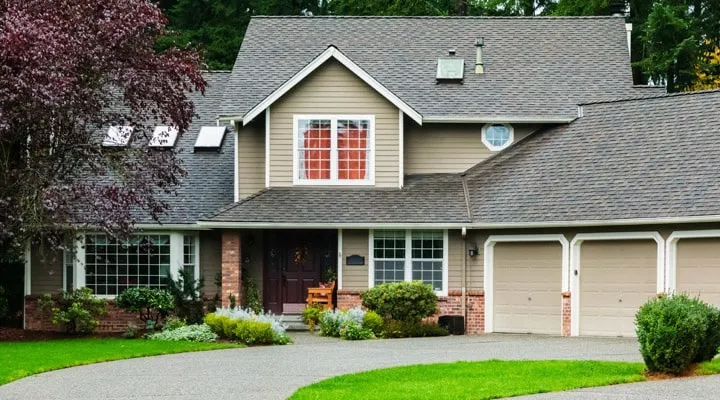
Next, choose the right paint for the job. Today's 100 percent-acrylic paint systems offer the best performance on a variety of surfaces; however, not all acrylic paint resins perform the same. Be sure to check for paint performance properties (e.g., adhesion, flexibility, color fade, gloss loss). Then, check the product’s volume solids, as this is an indicator of the amount of resin and pigment in the paint. A lower percentage
means less resin and pigment, which can result in lower performance. Last, simply look at the price. A lower price can indicate inferior performance. Remember: You get what you pay for!
Also, consider how color can affect paint performance. Darker colors absorb more heat and energy, which cause substrate movement that can shatter the bond between previous coats and the substrate — especially
wood. Using lighter colors is beneficial, as they reflect more light and do not absorb as much heat and energy; thus, improving film durability. The fact that lighter colors do not absorb as much heat also suggests that lighter colors can improve energy efficiency. A good indicator of how well a color reflects light is to look at its Light Reflectance Value or LRV. Higher values (closer to 100) indicate colors that reflect more light.
In addition, here are some things to consider when applying paint in the summer heat:
When painting in warm weather, a latex paint is forced to dry very quickly. When this happens, the paint can be dry but film formation or curing may be incomplete, which will compromise long-term durability.
When painting exteriors, it's best to avoid having more than two or three of the following conditions present
simultaneously:
- Painting under very hot conditions, above 95º F
- Painting in direct sunlight, especially if the paint is a dark color
- The surface being painted is hot
- The surface is very porous
- Conditions are breezy or windy
One of the best ways to try and stay within these guidelines is a technique called, “chasing-the-shade." Start applying paint on the shady side of a building and follow the shade as the sun moves overhead. Another way to minimize the effects of summer heat is to paint early in the morning when it is cooler. If anything, try to avoid painting in the late afternoon when surfaces have had a chance to heat up and it becomes too hot to apply paint. Last, keep your brushes and rollers loaded with paint; work in smaller areas; and apply paint at a consistent, steady pace to get a good, uniform finish.
*Exposure to lead or asbestos can be extremely hazardous to your health. For more information, see
Dunn-Edwards' brochure on “Surface Preparation Safety," call the EPA's National Lead Information Center at 1-800-424-LEAD, visit www.epa.gov/lead or www.epa.gov/asbestos, or contact your state or local health department.
Featured Articles
-
 Best Oranges for the Perfect Summer Beach Cottage
Best Oranges for the Perfect Summer Beach Cottage
-
 Get Ready for Fall with These Trendy Color + Design Moods
Get Ready for Fall with These Trendy Color + Design Moods
-
 Try These Color Palettes To Nail A Tomato Girl Summer At Home
Try These Color Palettes To Nail A Tomato Girl Summer At Home
-
 Embracing Barbiecore: Popular Pinks Throughout The Ages
Embracing Barbiecore: Popular Pinks Throughout The Ages
-
The Color Yellow: Essential Color Theory, Symbolism and Design Application




